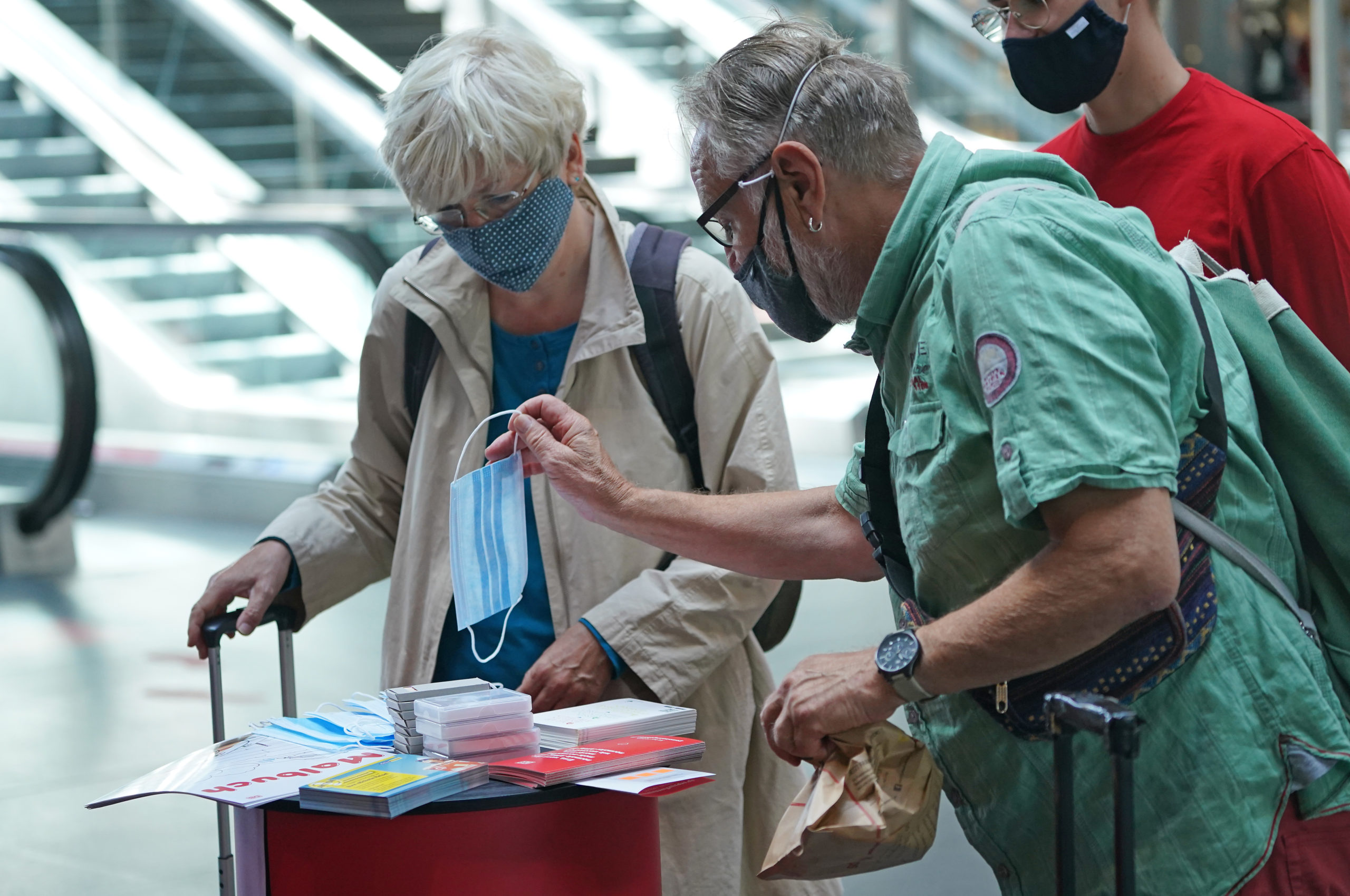(CNN) — Spring has already sprung — at least for certain confused cherry trees in Japan. The famed "sakura," or cherry blossoms, have been regarded as a herald of spring for thousands of years. The travel industry that springs up around "hanami" — cherry blossom viewing — each year is worth millions. But this year, Japan-based Weather News reports that there have already been sightings of the delicate, fleeting blooms up and down the country and months ahead of schedule. The site claims that over 350 flowering trees have been spotted. 
Photo taken October 16, 2018, shows cherry blossoms blooming out of season in the northeastern Japan city of Sendai.
Kyodo News/Kyodo News Stills/Kyodo News via Getty Images
Tree surgeon Hiroyuki Wada told Japan's NHK news agency that the culprit is the extreme weather that plagued the island nation throughout the summer, specifically the major typhoons that lashed the country.
The Somei-yoshino variety of cherry blossom develops its buds during the summer months, Wada tells the state broadcaster, but the trees' leaves prevent their blooming by releasing a hormone that inhibits their growth.
Because many of the trees lost their foliage during the summers' violent storms, there has been nothing to stop the buds' development. This, coupled with warmer temperatures following the storms, has resulted in the earlier-than-planned blooming.
While the 350-or-so sightings this fall are considered to be aberrations, earlier-than-expected blossomings have been noted before. In 2013 unusually warm weather prompted sakura blooms 10 days earlier than average and 15 days earlier than the previous year.
It's an odd development for a country obsessed with the short hanami season, which habitually takes place in the early months of the year — given the size and geographical spread of the country, the cherry blossom appear at different times and usually only last for a few days.
In January they're already in bloom way down in Okinawa, but for the rest of the country, viewing times vary from late March until the second week of May.
The Japan Weather Association's annual sakura forecast is broadcast live, and it brings with it a flurry of domestic and international bookings as travelers rush to make the most of the country's stunning landscapes and scenery.
The Japan National Tourism Organization (JNTO) keeps a detailed list of predicted bloom times, but to illustrate how unusual the recent sightings are, the list has yet to be updated for the coming season.
Original Article
(CNN) — Spring has already sprung — at least for certain confused cherry trees in Japan. The famed "sakura," or cherry blossoms, have been regarded as a herald of spring for thousands of years. The travel industry that springs up around "hanami" — cherry blossom viewing — each year is worth millions. But this year, Japan-based Weather News reports that there have already been sightings of the delicate, fleeting blooms up and down the country and months ahead of schedule. The site claims that over 350 flowering trees have been spotted. 
Photo taken October 16, 2018, shows cherry blossoms blooming out of season in the northeastern Japan city of Sendai.
Kyodo News/Kyodo News Stills/Kyodo News via Getty Images
Tree surgeon Hiroyuki Wada told Japan's NHK news agency that the culprit is the extreme weather that plagued the island nation throughout the summer, specifically the major typhoons that lashed the country.
The Somei-yoshino variety of cherry blossom develops its buds during the summer months, Wada tells the state broadcaster, but the trees' leaves prevent their blooming by releasing a hormone that inhibits their growth.
Because many of the trees lost their foliage during the summers' violent storms, there has been nothing to stop the buds' development. This, coupled with warmer temperatures following the storms, has resulted in the earlier-than-planned blooming.
While the 350-or-so sightings this fall are considered to be aberrations, earlier-than-expected blossomings have been noted before. In 2013 unusually warm weather prompted sakura blooms 10 days earlier than average and 15 days earlier than the previous year.
It's an odd development for a country obsessed with the short hanami season, which habitually takes place in the early months of the year — given the size and geographical spread of the country, the cherry blossom appear at different times and usually only last for a few days.
In January they're already in bloom way down in Okinawa, but for the rest of the country, viewing times vary from late March until the second week of May.
The Japan Weather Association's annual sakura forecast is broadcast live, and it brings with it a flurry of domestic and international bookings as travelers rush to make the most of the country's stunning landscapes and scenery.
The Japan National Tourism Organization (JNTO) keeps a detailed list of predicted bloom times, but to illustrate how unusual the recent sightings are, the list has yet to be updated for the coming season.
Original Article










